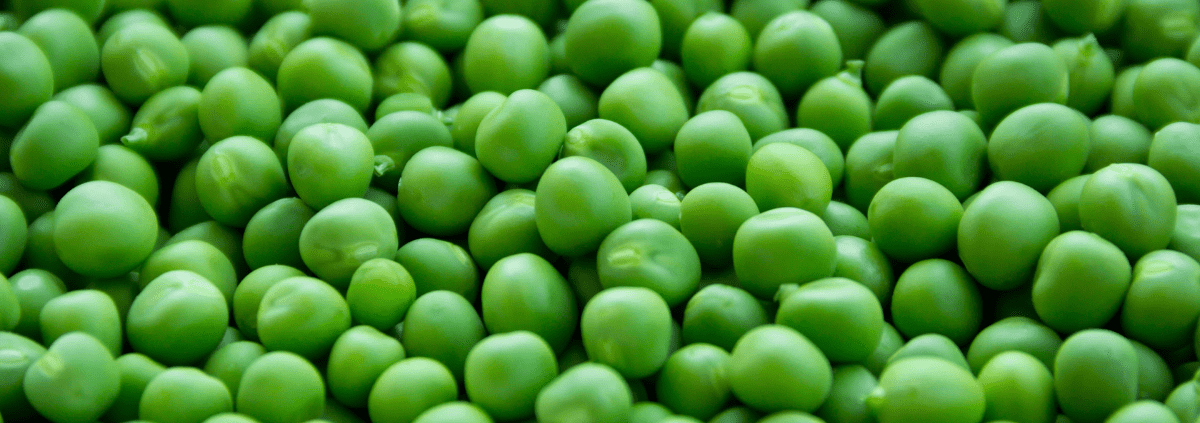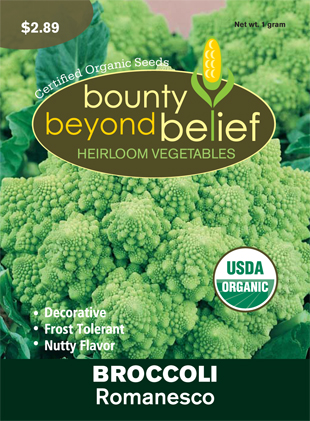Dowsing The Garden
Communicating With Your Garden
by Sandy Swegel
OK so this might seem a little weird. And it’s not something I talk about with my clients. But some years ago, I realized I had studied everything there was to learn about plants. I took the Master Gardener class, read all the best books, worked with the experts. But despite this great expertise, I had to admit, that I would never be the amazing gardener my friend Barbara was. True, she spent many hours working in her garden, but still she seemed to have an intuitive knowledge of what her plants wanted. She tolerated my asking a million questions about why she did this or that in her garden, as if I could somehow write the plant care protocol that would recreate her artistry. Alas, I was no plant psychic. I didn’t know how to talk to the plant spirits or fairies. She didn’t talk about those things, but she’d say things like ‘I just planted it where the plant seemed to want to be.
About this time, I took a class in biodynamics and part of the class talked about dowsing. This is super simple beginners’ dowsing: a homemade pendulum – needle and thread, a necklace with a stone, even my car keys. All I learned was how to ask the pendulum what meant “yes” (clockwise for most people) and what meant “no.” (counterclockwise). I myself use north-south movement for yes and east-west for no.
So off to the races I went…asking lots of yes and no questions. I’d hold a plant at a place in the garden and ask “Is this a good place for this plant.” If I had two kinds of fertilizer, I’d hold one of the plants and ask “is this the right fertilizer right now?” One fertilizer would always give a much more positive response. I’d ask a plant, ‘Do you want to live next to this plant?” It was amazing….and I wondered if it was real or just in my imagination.
So I secretly started testing plants with Barbara. We were planting together at my house one day and I had dug holes where the new plants went. When my friend wasn’t looking (because I was embarrassed at being silly), I’d hold my pendulum over the plant and ask it what direction it wanted to face. I’d actually ask? “Is this the right direction?” as I rotated the plant 360 degrees. I made a note of my dowsing results. Then I asked Barbara to plant all the plants for me. I was delighted to see that the directions she chose were exactly the same ones my pendulum told me.
I spent this weekend at a dowsing workshop and am learning so much about Earth Acupuncture and the many forces that influence our land. I’d encourage you to give dowsing the garden a try. Use it for plant location or type of plant or method of treating pests. I even get out the pendulum when I can’t decide what seeds to buy. I hope my pendulum over each seed picture as ask “Is this the right plant for my garden this year.” I use this especially for things like tomatoes when there are too many choices.
There are lots of beginner books on dowsing or you can just play with your car keys sometimes. I’ve been experimenting with my pendulum long enough now to know it’s helping me make better choices. Maybe it’s the plant talking or maybe I’m just tapping into my inner knowledge. But it sure is fun.
For more information, http://www.motherearthliving.com/gardening/garden-tools.aspx#axzz2zUObAKCy
Photo credit http://www.amazon.com/Dowsing-your-garden-gardening-houseplants/dp/1490326146; http://planbperformance.net/dan/blog/?p=693



